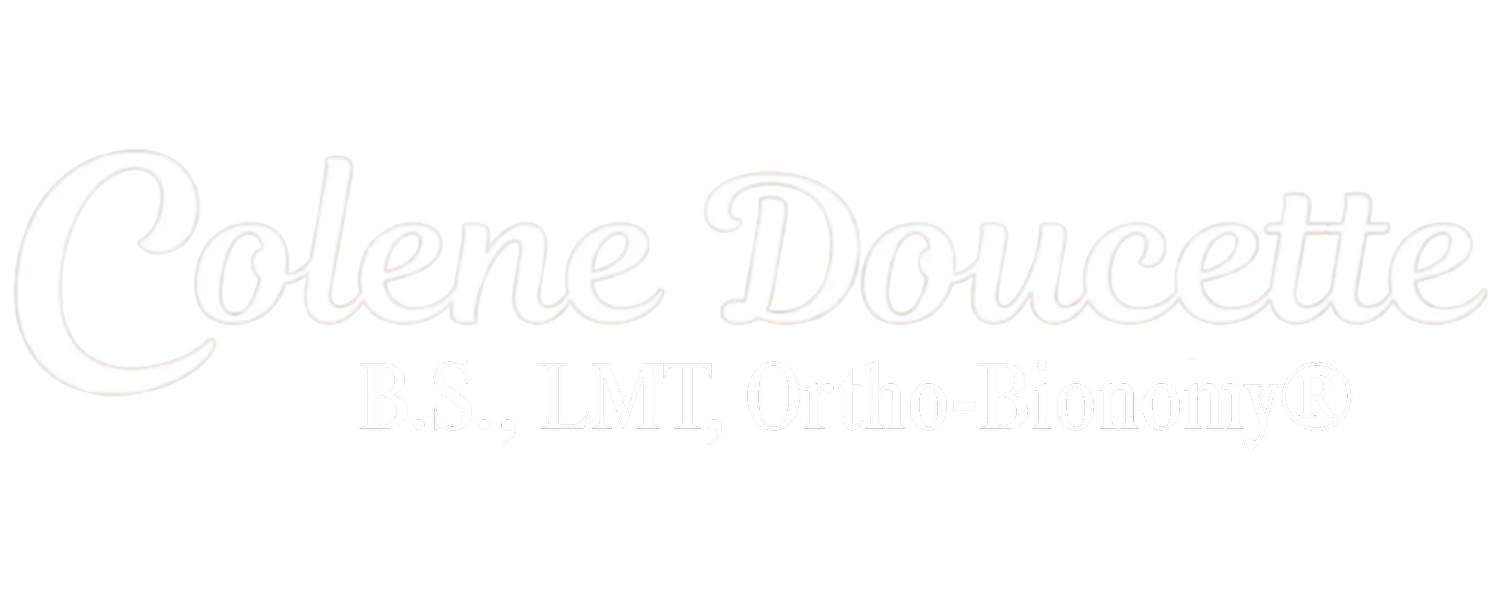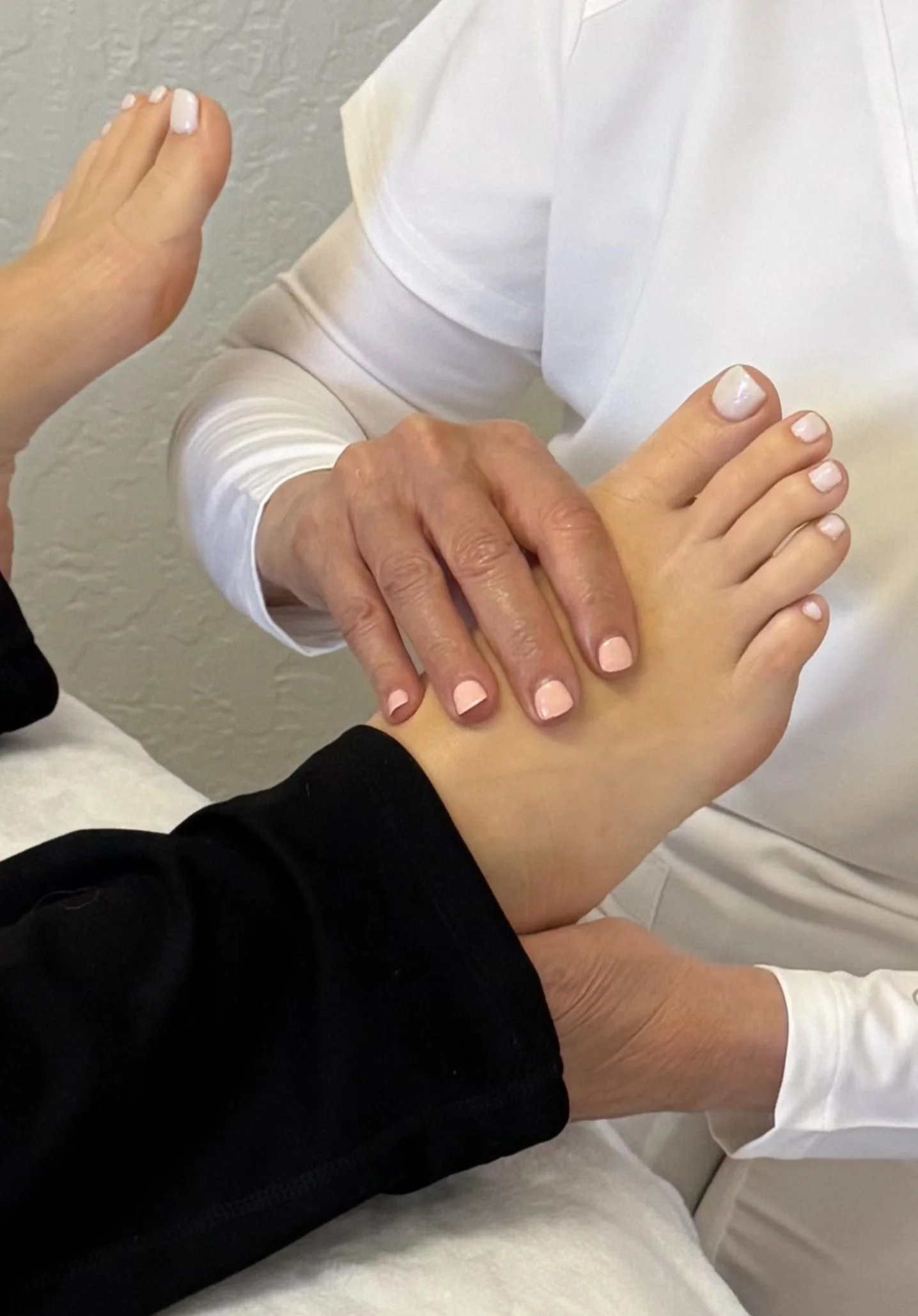What is Reflexology?
Reflexology for Stress Relief and Overall Wellness
Reflexology is an alternative (complementary) practice centered around applying varying amounts of pressure to a person’s feet, hands and ears. The theory behind reflexology is that there are points on these body parts that correspond with organs and other body systems and putting pressure on them supports healing & balance in the body.
Types of Reflexology:
Foot Reflexology:
One of the most common types of reflexology, foot reflexology, focuses on the feet where many reflex points are believed to connect with the body’s organs and energy pathways. By applying pressure to specific points on the soles, practitioners can potentially improve conditions related to digestion, cardiovascular health, and even sleep quality.
Hand Reflexology:
Reflexology can also be applied to the hands, which contain their own network of reflex points. Hand reflexology is particularly useful for individuals who may not be comfortable with foot treatments, and it can also be self-administered as a daily practice to relieve stress and tension.
Potential Benefits of Reflexology:
Potential Benefits of Reflexology: Reflexology is praised for its ability to provide relaxation and stress relief, as well as to help manage symptoms of various health conditions, including migraines, arthritis, and insomnia. Many people turn to reflexology as a non-invasive method for supporting the body’s natural healing processes.
Relaxation and stress/anxiety reduction
Pain management
Improvement in general well-being
Boosted immune system
Improved sleep
Improved digestion
Reducing arthritis pain
Targeting nerve problems and treating peripheral neuropathy
Hormone balance and increased fertility


